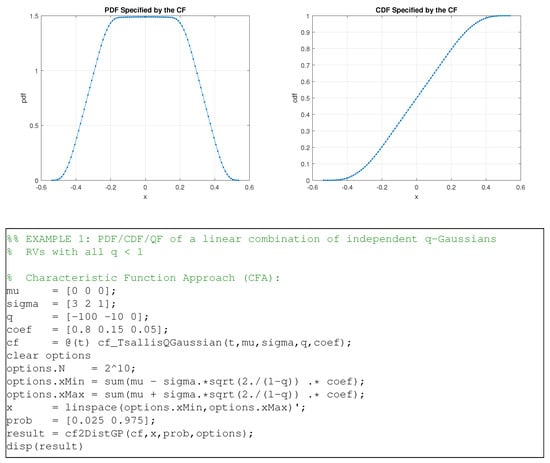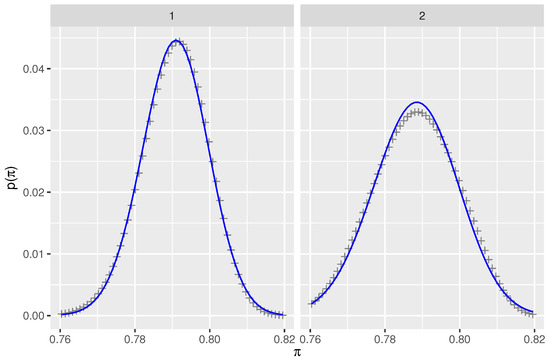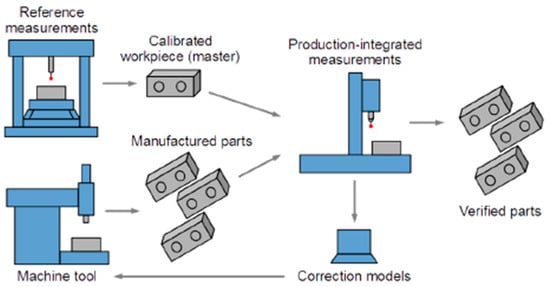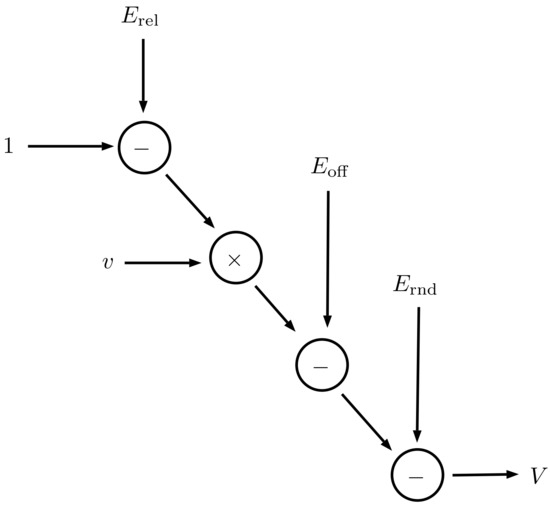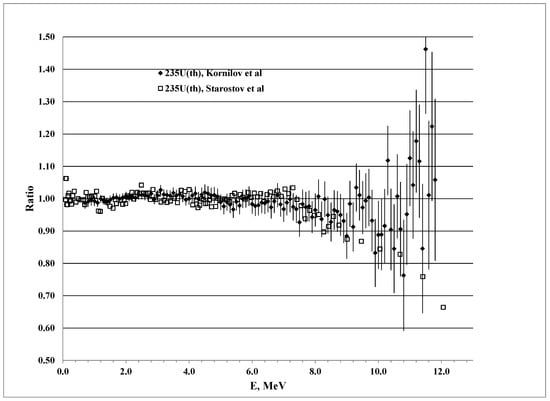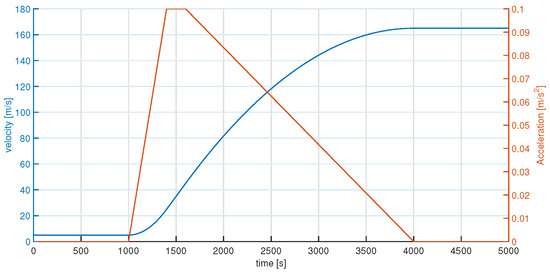Measurement Uncertainty
A topical collection in Metrology (ISSN 2673-8244).
Viewed by 48833Editor
Interests: measurement uncertainty; definition of mathematical theories to handle measurement uncertainty; digital signal processing
Topical Collection Information
Dear colleagues,
Metrology is the scientific study of measurements. In our everyday life, we are constantly surrounded by measurements: From reading the time to weighing apples, we continuously measure something. However, measurements are also below objects, since, for example, the apple we buy has already been measured, before arriving to our greengrocer, to determine its caliber. In these measurements, uncertainty plays a very important rule. Metrologists know that no measurement makes sense without an associated uncertainty value. Without it, no decision can be taken; no comparisons can be made; no conformity can be assessed.
It is hence pivotal to know the meaning of measurement uncertainty, to understand the contributions to measurement uncertainty, to know how these contributions affect the final measurement uncertainty, to have a mathematical tool to represent measurement uncertainty and propagate it through the measurement procedure.
Many important contributions have been published in the literature in recent years, which provide different solutions to the problem of representing and processing measurement uncertainty. While some of them consider, as a mathematical framework, probability theory, others consider different, more recent mathematical theories, such as Shafer’s theory.
These contributions would fit well under the umbrella of Metrology’s Topical Collection “Measurement Uncertainty”. This Topical Collection shall include these contributions and open a discussion between different authors.
Prof. Dr. Simona Salicone
Collection Editor
Manuscript Submission Information
Manuscripts should be submitted online at www.mdpi.com by registering and logging in to this website. Once you are registered, click here to go to the submission form. Manuscripts can be submitted until the deadline. All submissions that pass pre-check are peer-reviewed. Accepted papers will be published continuously in the journal (as soon as accepted) and will be listed together on the collection website. Research articles, review articles as well as short communications are invited. For planned papers, a title and short abstract (about 100 words) can be sent to the Editorial Office for announcement on this website.
Submitted manuscripts should not have been published previously, nor be under consideration for publication elsewhere (except conference proceedings papers). All manuscripts are thoroughly refereed through a single-blind peer-review process. A guide for authors and other relevant information for submission of manuscripts is available on the Instructions for Authors page. Metrology is an international peer-reviewed open access quarterly journal published by MDPI.
Please visit the Instructions for Authors page before submitting a manuscript. The Article Processing Charge (APC) for publication in this open access journal is 1000 CHF (Swiss Francs). Submitted papers should be well formatted and use good English. Authors may use MDPI's English editing service prior to publication or during author revisions.
Keywords
- Uncertainty contributions
- Systematic contributions
- Random contributions
- Probability theory
- Possibility theory
- Imprecise probabilities














